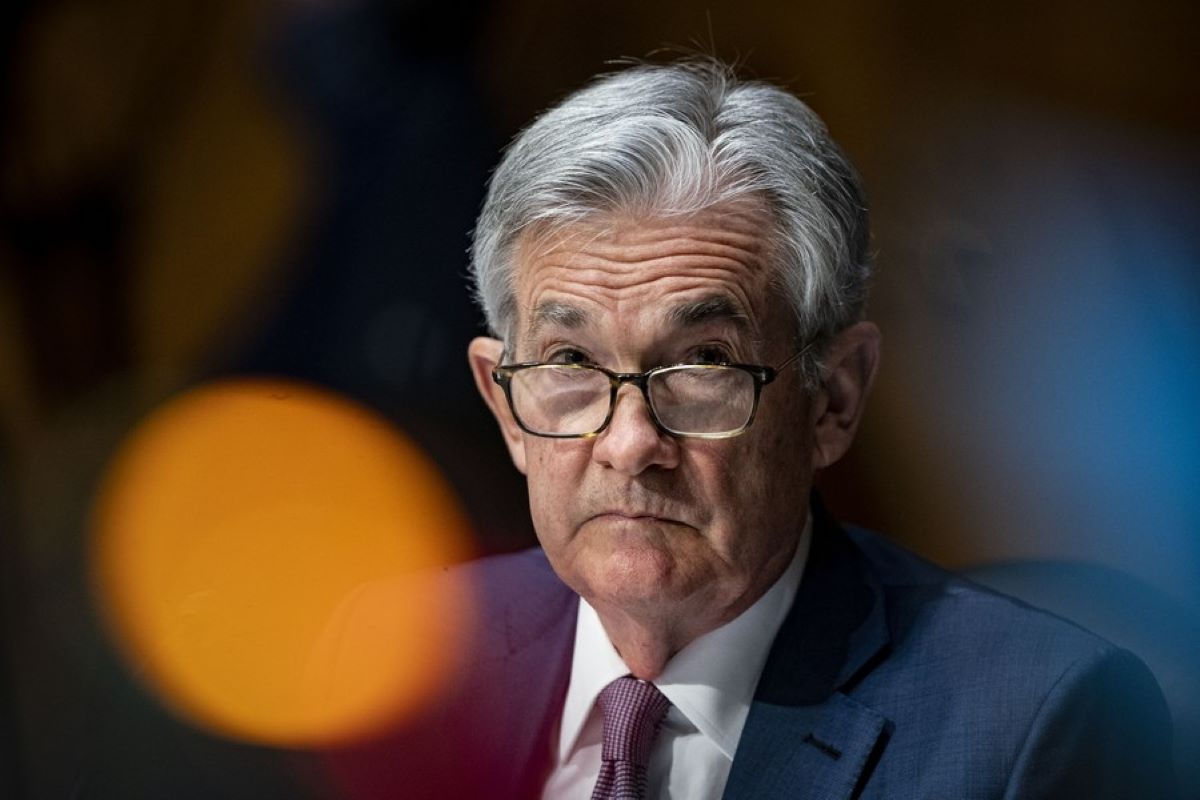As the US Federal Reserve approaches its next policy meeting in September, the prospect of an interest rate cut looms large. Federal Reserve Chairman Jerome Powell has signalled that if current economic trends continue, a reduction in rates could be on the table. This potential pivot marks a significant moment in the Fed’s on-going battle with inflation, and it raises crucial questions about the broader implications for the American economy.
The Fed’s decision to maintain the benchmark interest rate in the 5.25-5.50 per cent range while softening its stance on inflation and employment risks reflects a delicate balancing act. Inflation has shown signs of easing, with the personal consumption expenditures price index rising at a slower pace than in previous months. This “quality” disinflation, as Mr Powell describes it, is a positive development. However, the Fed must tread carefully to avoid prematurely declaring victory over inflation. The possibility of a rate cut in September is tantalising for investors and borrowers alike. Lower rates could stimulate economic activity by making borrowing cheaper, potentially boosting consumer spending and business investments.
Advertisement
Yet, this move is not without its risks. Cutting rates too soon or too aggressively could reignite inflationary pressures, undermining the progress made over the past two years. It is a decision fraught with complexities, particularly with the US Presidential election just around the corner. Critics argue that a rate cut in September, so close to the elections, could be seen as politically motivated. Republican lawmakers have already expressed concerns that such a move could be perceived as an attempt to bolster economic sentiment ahead of the vote. Mr Powell, however, has been unequivocal in his stance that the Fed’s decisions are driven solely by economic data, not political considerations. This commitment to data-driven policy making is crucial for maintaining the Fed’s credibility and independence.
The Fed’s ultimate goal is to achieve a “soft landing” ~ a scenario where inflation returns to the 2 per cent target without causing significant harm to the labour market. The latest data suggests that this outcome is within reach, with the economy continuing to expand at a solid pace and the unemployment rate remaining relatively low. However, the jobless rate has been rising, highlighting the on-going tension between managing inflation and supporting employment. The coming weeks will be critical for the Fed as it monitors economic indicators to inform its next steps.
Investors are already anticipating a rate cut, with market reactions reflecting this expectation. However, Mr Powell has cautioned that a substantial cut, such as 50 basis points, is not currently under active consideration. This measured approach underscores the Fed’s cautious stance in navigating the complex economic landscape. Mr Powell’s commitment to data-driven decisions provides reassurance, but the path ahead remains uncertain. As the September meeting approaches, all eyes will be on the Fed to see how it navigates these challenges and steers the US economy towards a stable future.











